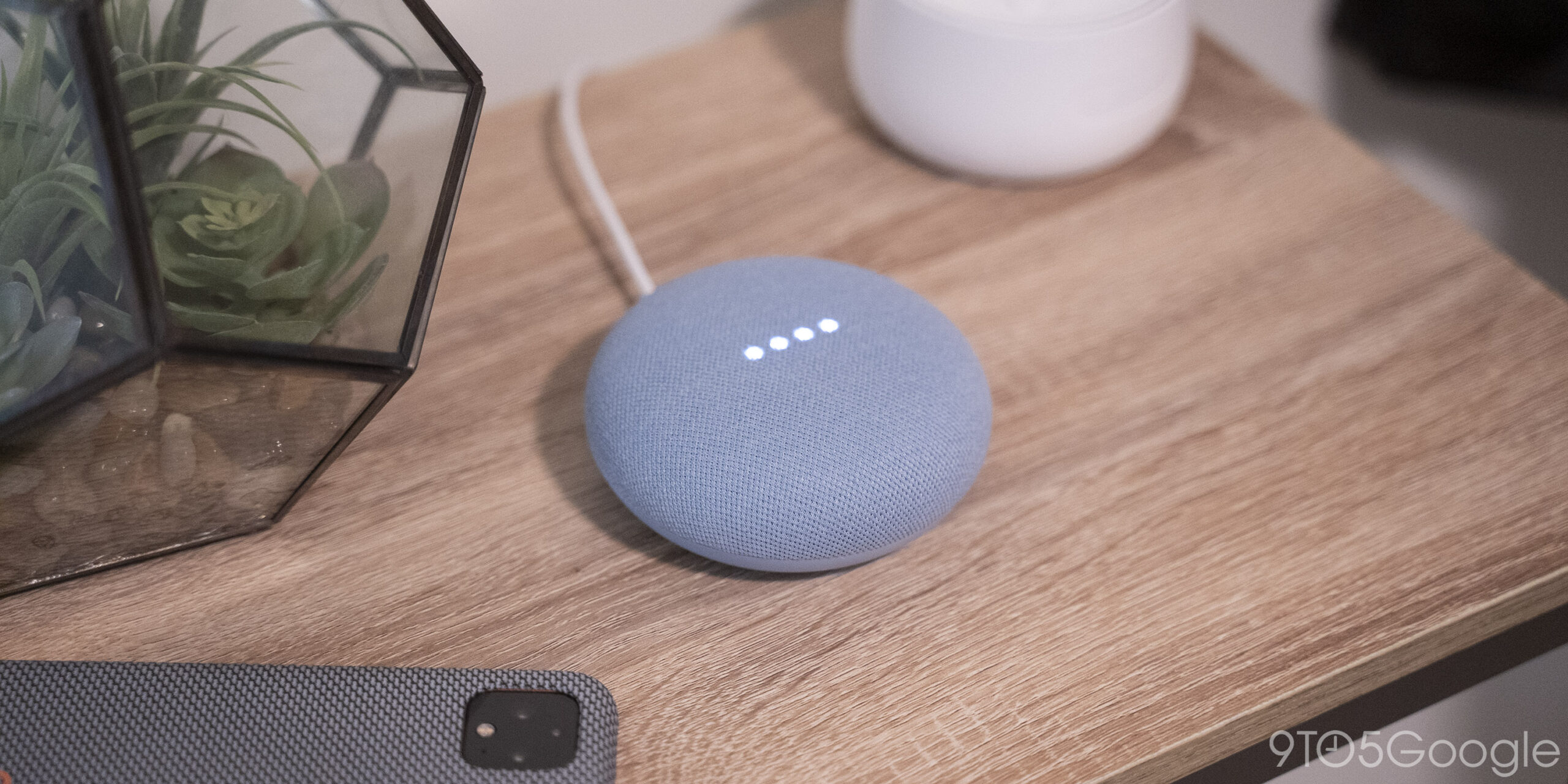
Evolution of Google Smart Speakers: From Nest Mini to Gemini
Despite the extended hiatus since the 2nd-generation Nest Mini and Nest Audio, it is unlikely that a potential Gemini-powered speaker from Google in 2025 will significantly differ from its predecessors.
Google’s Smart Speaker Philosophy
Google defines the core responsibilities of a smart speaker as providing answers, controlling smart home devices, and playing music/audio. The company has abandoned its pursuit of third-party app and game ecosystems on this platform. For the Nest Mini, affordability (around $50) is a primary consideration.
Hardware Requirements
Delivering these core functions requires high-quality microphones and speakers, while the necessary low-cost processor has become increasingly powerful over the years. Wi-Fi, Bluetooth, and possibly a Thread radio if inexpensive complete the hardware requirements.
Design Considerations
The Nest Mini’s design, dating back to 2017, has achieved iconic status and exudes a distinctly Google aesthetic. Given that "Google Assistant" remains the central platform, there is no need to modify the four dots, although some may prefer a more vibrant color scheme similar to HomePods’ circular pattern. The capacitive touch controls (play/pause + volume) and microphone switch are satisfactory.
Nest Audio: Premium Features
The higher price point of the Nest Audio allows for more robust hardware. Users expect this 2020 model to function as a "home theater sound system." Google’s reluctance to release this feature may stem from performance limitations. A more powerful processor could potentially alleviate these concerns.
Other likely additions include Ultrawide band (UWB) for Tap to Cast, a Thread radio, and a temperature sensor that integrates with the Google Home app and can optimize Nest Thermostats. The 2nd-generation Nest Hub has not utilized this sensor for any purpose other than sleep tracking, unlike Apple’s HomePod Mini. Motion, proximity, and presence sensors like Soli, which are also present in Thermostats, could enable gesture controls.
The "loaf of bread" design, while somewhat unremarkable, offers room-filling audio with volume that surpasses most smartphones and laptops.
Novel Features
From a hardware perspective, none of the aforementioned features are particularly groundbreaking. Google’s experience with Soli and temperature sensors makes integration more feasible. It is plausible that prototypes with this combination of hardware already exist, especially considering evidence of canceled models in 2023 and a new project in 2024.
Considerations for Release
The key factor in determining whether new Nest speaker hardware should be released is whether it offers a significant improvement over existing models. As demonstrated by the nine-year gap between the 3rd and 4th-generation Nest Learning Thermostats, Google is willing to wait until a substantial advantage can be achieved.
Gemini Voice Assistant Integration
The Gemini-powered Assistant is currently being tested on the Nest Audio and 2nd-generation Mini, offering a comfortable user experience for existing owners. This allows Google to reduce manufacturing costs and refine the Gemini platform before implementing significant hardware upgrades.
Conclusion
On paper, a Gemini-powered speaker in 2025 does not appear to possess any advancements that would justify its release over current models. Voice commands requiring LLM-level responses will continue to be processed in the cloud. However, on-device speech-to-text technology could potentially reduce latency, particularly for local smart home commands.
Ultimately, the release of new Nest speaker hardware will depend on its ability to deliver a noticeably enhanced user experience. As of now, it is unclear whether such a breakthrough can be achieved in the near future.
